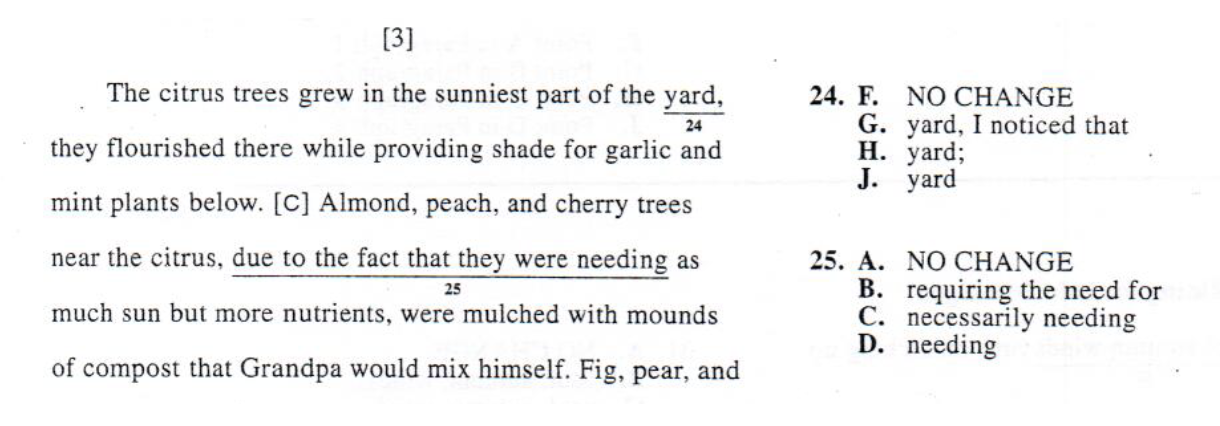Sentence Structure
Welcome to Savvy Strategy’s second post in the Grammar Series! We are taking a thorough look at the skills required to excel on the ACT’s English section. If you missed last week’s post, Parts of Speech, stop reading this right now, and go take a look. CLICK HERE!!
Alright, ready?
The Basics
First of all, every sentence is comprised of a subject and a verb.
A subject (noun or pronoun) is what the sentence is about, and a verb is the part that shows action or state of being. Subjects typically, but not always, come before verbs.
*Note: verbs can be as many as 3 words long. Watch out for this on the test!
On the Struggle Bus?
If identifying a complete sentence is still difficult for you, try these quick tips:
Subject Tip
Subjects will never be part of a prepositional phrase. While this type of phrase does end with either a noun or pronoun, you can always rule them out as the subject. Here are a few examples of prepositional phrases.
on the computer
around the block
underneath the couch
in the room
Verb Tip
Remember, just because a sentence has a verb doesn’t mean that the sentence is complete. The verb MUST cause the sentence to form a complete thought.
Let’s try this out with a few examples!
1. My cat is looking at something
Subject: “cat” | Verb: “is looking”
Complete Sentence
2. The students in my class like chocolate.
. * in my class — this is a prepositional phrase!
Subject: “they” | Verb: “like”
Complete Sentence
3. Holding her arm.
Incomplete Sentence
This example doesn’t pass our “my dog” test. You can’t just say to someone “Holding her arm,” …. and leave without further explanation!
Why is This so Important?
Knowing what qualifies as a complete sentence (and, even more, what doesn’t qualify as a complete sentence) will make or break your score. This knowledge is what will help you answer questions on the following topics:
Run-on Sentences
Sentence Fragments
Comma Splices
Misplaced Modifiers
Subject-Verb Agreement
Parallel structure
Lists
Here is a REAL ACT question
Question 24 is a perfect example of a comma splice as there are two complete sentences being joined with ONLY a comma. As the test taker, before even looking at the answer options, you know that you have three options. 1) comma and conjunction 2) semicolon 3) period.
Yep. Sometimes, the correct answer is to make them two separate sentences; however, in this case, our only correct option is H.
What’s next?
As we mentioned earlier, there are so many other English ACT topics that can be discussed from this foundation in Sentence Structure. We will be taking a very close look at these other concepts in future posts, but for now — check out our other tips or get in contact with us for some personalized, one-on-one help!
We are here for YOU, and we want to see you succeed!
Was this helpful?




